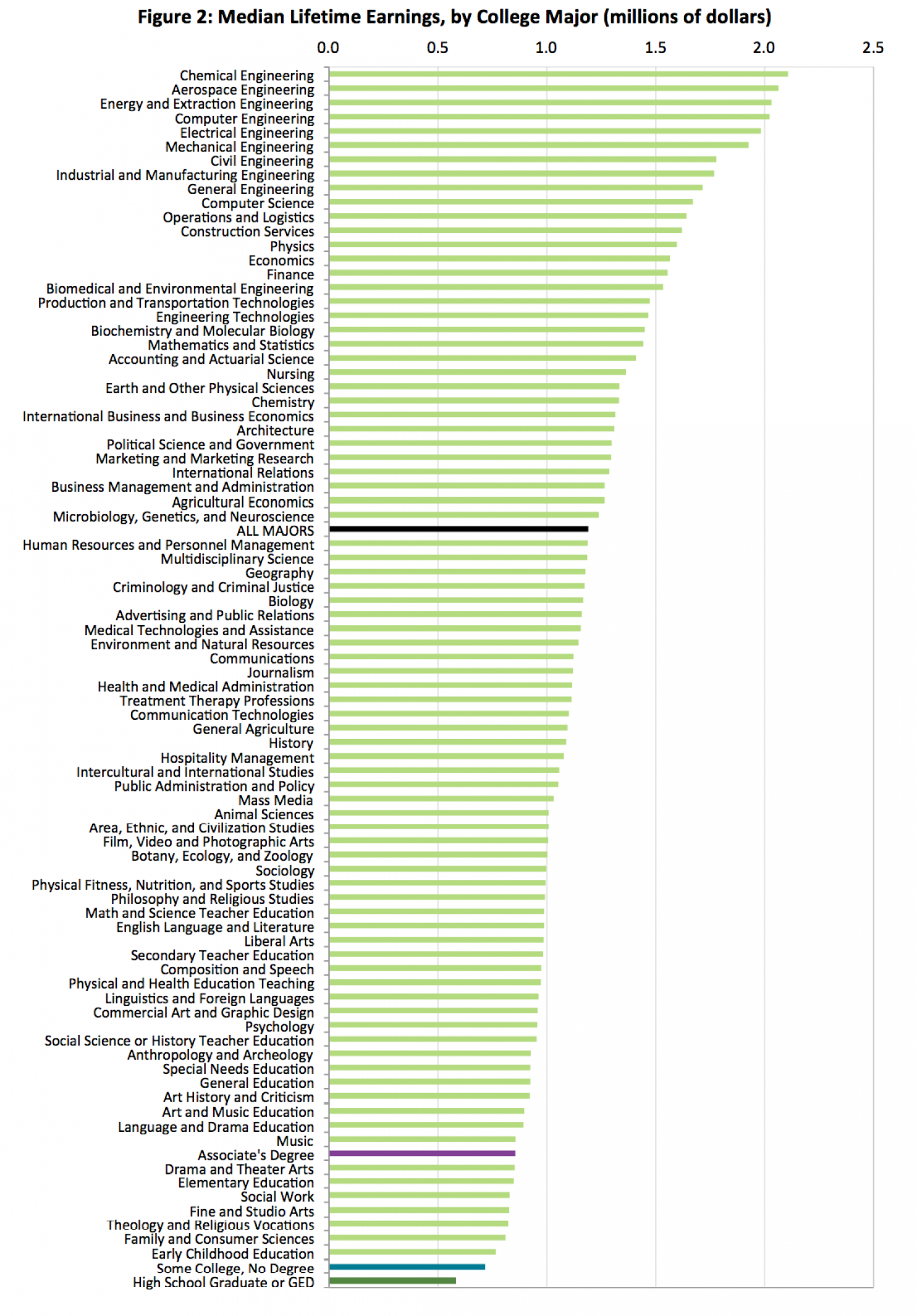 If you have excessive debt, you should take a deep breath and realize you do have options.
If you have excessive debt, you should take a deep breath and realize you do have options.
Millennials in general have the lowest credit score and most problems managing their debt, compared to prior generations. But the good news is you have the lowest number of credit cards and lowest debt total compared to other generations.
However, the bad news is that you use credit cards a lot, and make a lot of late payments. Late payments mean lower credit scores.
Additionally, millennials tend to use costly alternative financial services, such as auto title loans, payday loans, pawnshops, rent-to-own loans and tax-refund advances.
Here are some steps you can do to help you get control of excessive debt:
1 – For credit cards, get a lower credit card interest rate as soon as you can – Call up your credit card company and ask for a lower rate.
2 – If you can’t make the minimum payments on time, call your credit card company and work out a payment plan.
3 – Allocate a larger portion of your income to reduce debt. This will be painful, but over time it will work.
4 – Limit your spending. If you don;t have a budget plan in place, now is the time. Limit your spending to only the essentials, and make paying off your debt the number one priority.
5 – Motivate yourself. Reach out to friends or relatives who have been through similar problems. This is a process, and it helps to have support during those low times.
Need more help? Then why not reach out to the NFCC (National Foundation for Credit Counseling – the nations largest and longest-serving non-profit financial counseling organization.
http://www.nfcc.org/
So don’t fret the debt – take some steps to help yourself and sleep easier.
April is National Financial Literacy Month, Talkin’ Money’s favorite month! To celebrate the importance of being financially literate, we’re going to post financial literacy tips every day.






 If you have excessive debt, you should take a deep breath and realize you do have options.
If you have excessive debt, you should take a deep breath and realize you do have options. You really should apply good consumer skills to your purchase decisions. How so you say?
You really should apply good consumer skills to your purchase decisions. How so you say? Talkin’ Money presents the ever-popular financial literacy game but is really not a game at all! It’s time for Budget-Mania! Where millennials learn about keeping a budget for their spending and saving. After all, if you don’t have a plan then good-bye budget and hello chaos!
Talkin’ Money presents the ever-popular financial literacy game but is really not a game at all! It’s time for Budget-Mania! Where millennials learn about keeping a budget for their spending and saving. After all, if you don’t have a plan then good-bye budget and hello chaos!
 All right all you spenders, there’s a subject near and dear to me and that’s on the subject of credit. Now you may be thinking to yourself that poor old Frank Money has no life. That may be true but I’m not poor and I’m not in debt, but thinking about the different kinds of debt can really knock me off my feet.
All right all you spenders, there’s a subject near and dear to me and that’s on the subject of credit. Now you may be thinking to yourself that poor old Frank Money has no life. That may be true but I’m not poor and I’m not in debt, but thinking about the different kinds of debt can really knock me off my feet.